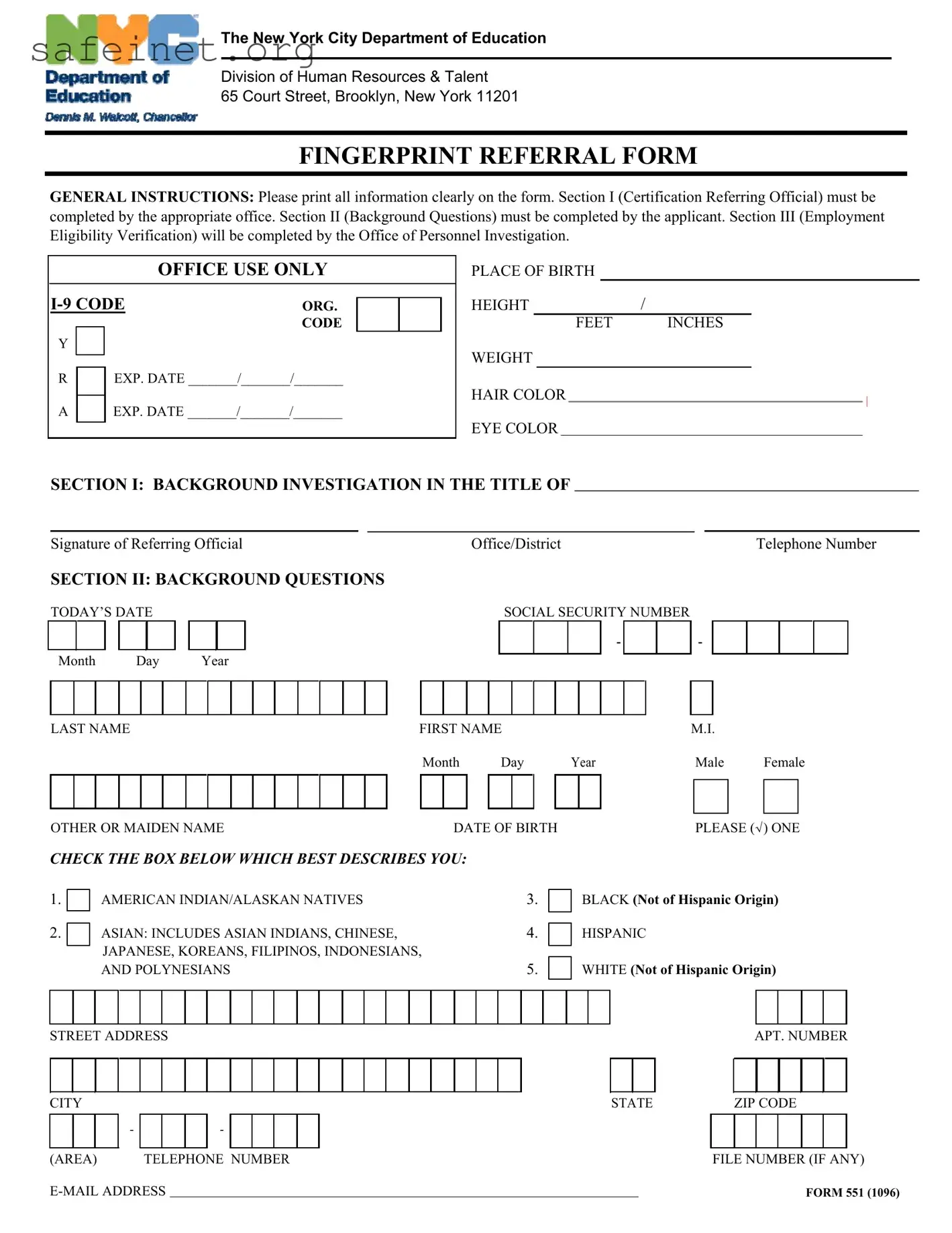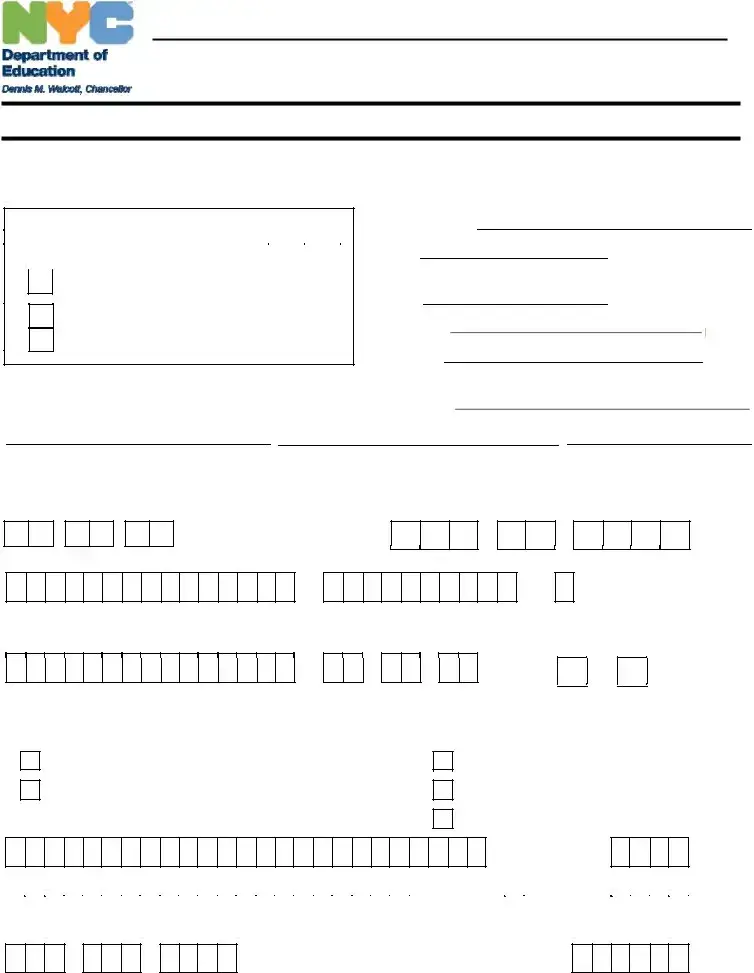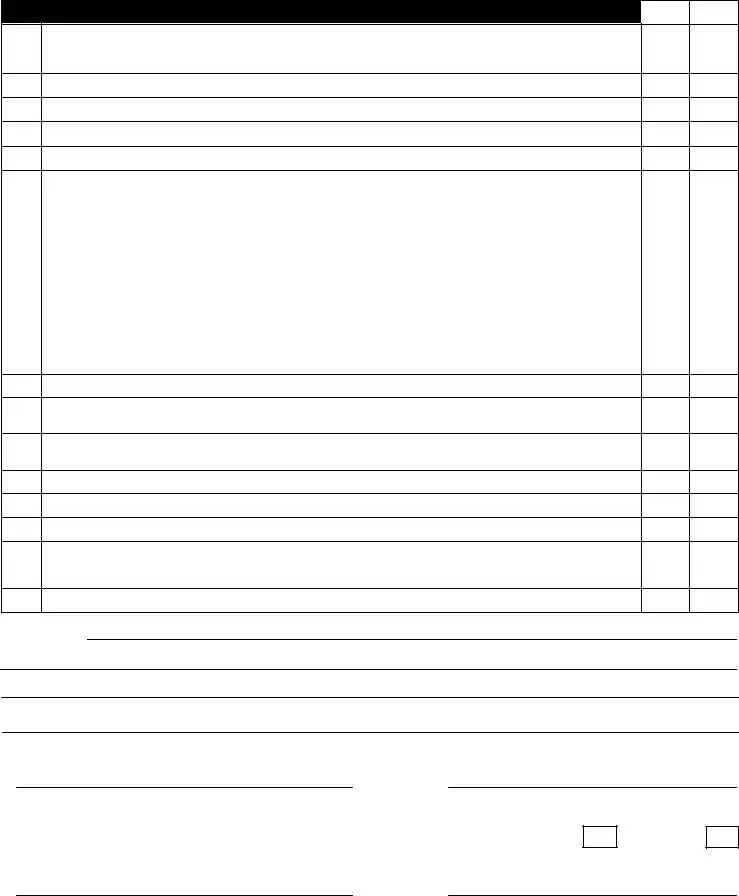The Employment Application form serves a similar purpose to the Fingerprint Referral form as both documents collect essential personal information and qualifications from an applicant. The Employment Application asks about the applicant's work history, education, and skills, while the Fingerprint Referral form additionally addresses specific background questions related to criminal history. Each document requires clarity and honesty in responses, emphasizing the importance of background verification in the hiring process.
The Background Check Authorization form is akin to the Fingerprint Referral form in the sense that both require the applicant's consent to conduct a background investigation. While the Fingerprint Referral form focuses on collecting fingerprints and certain demographic data, the Background Check Authorization form typically details the specific checks to be performed, such as criminal history, credit reports, and education verification. Both documents aim to ensure a safe and qualified hire.
The I-9 Employment Eligibility Verification form overlaps with the Fingerprint Referral form in that they both verify certain information necessary for employment. The I-9 form requires documentation proving an individual’s right to work in the United States, whereas the Fingerprint Referral form assesses an applicant's background for potential issues that might affect employability. The thoroughness of both forms serves to comply with legal employment standards and to safeguard the workplace.
The Authorization for Release of Information form is similar to the Fingerprint Referral form because both necessitate the applicant's permission to obtain sensitive information. Just as the Fingerprint Referral form includes sections for answering background questions, the Authorization for Release of Information allows employers to check references and other personal details. The shared goal is to help employers make informed decisions based on the applicant's complete background.
The Medical History Questionnaire can also be compared to the Fingerprint Referral form, as both seek detailed personal information about the applicant. While the Fingerprint Referral form emphasizes criminal history and background checks, the Medical History Questionnaire collects health-related data that may affect an applicant's ability to perform job functions. Both documents require openness and thoroughness to achieve the intended employment outcomes.
The Driver's License Application form has similarities with the Fingerprint Referral form through the collection of identifying information and verification processes. The Driver's License Application requires identification, residency, and a clean driving record, much like how the Fingerprint Referral form seeks to verify the individual’s background and personal data for employment. Both forms assess the applicant’s likelihood of engaging in responsible behavior.
The Vendor Registration form can reflect characteristics of the Fingerprint Referral form as it collects information from individuals or businesses seeking to establish a working relationship with an organization. Both documents gather necessary data such as names, addresses, and identification numbers. They also may include questions about criminal background with the aim of ensuring compliance and responsibility in business partnerships.
The Social Security Application form resembles the Fingerprint Referral form, as both require accurate personal information to receive a government-issued document. The Social Security Application necessitates proof of identity, age, and citizenship, similar to the fingerprinting process that verifies identity and background history. Each form's meticulous nature illustrates the importance of maintaining clear and verifiable records.
The Professional License Application is comparable to the Fingerprint Referral form in the way both involve extensive personal and professional background checks. While the Professional License Application assesses qualifications for a specific profession, the Fingerprint Referral form evaluates an applicant’s suitability for employment, particularly in sensitive positions. Both applications are crucial steps to ensure that licensed professionals meet the necessary standards.
The Child Abuse Registry Clearance form shares a connection with the Fingerprint Referral form, as both are geared toward protecting vulnerable populations by screening individuals for potentially harmful histories. The Child Abuse Registry Clearance focuses specifically on any allegations or convictions related to child abuse, while the Fingerprint Referral form covers a broader range of background checks. Both forms underscore the need for safety and accountability in various roles.


